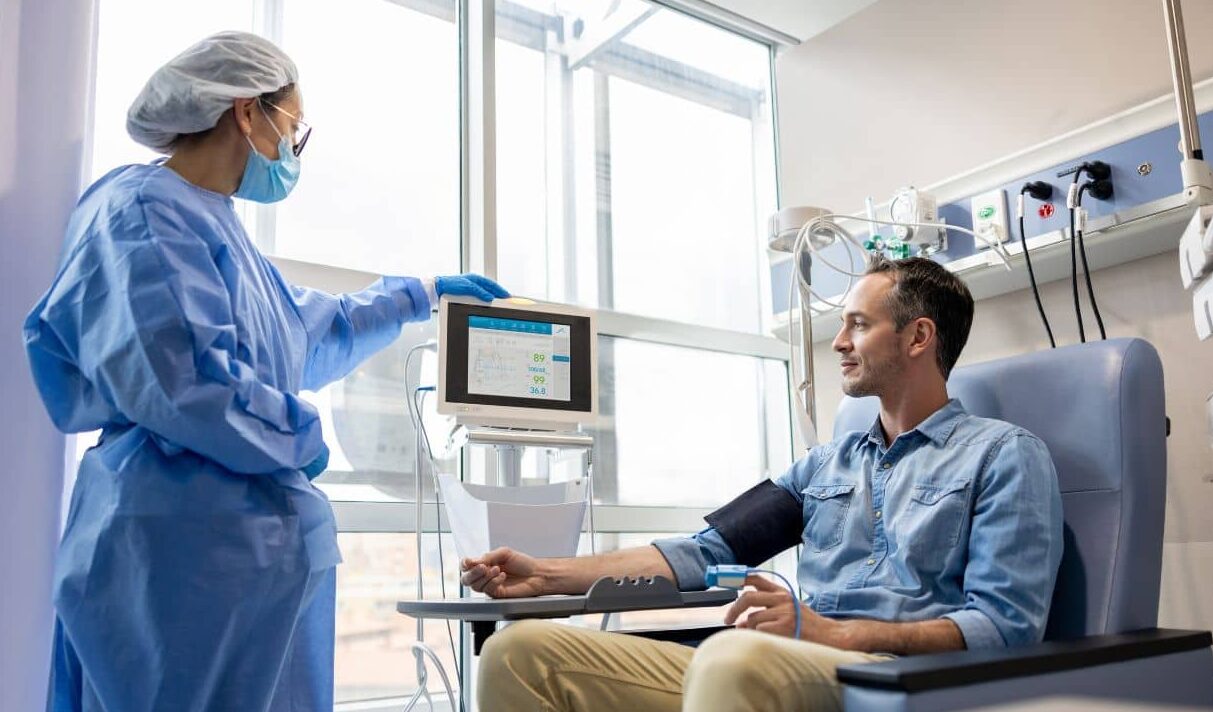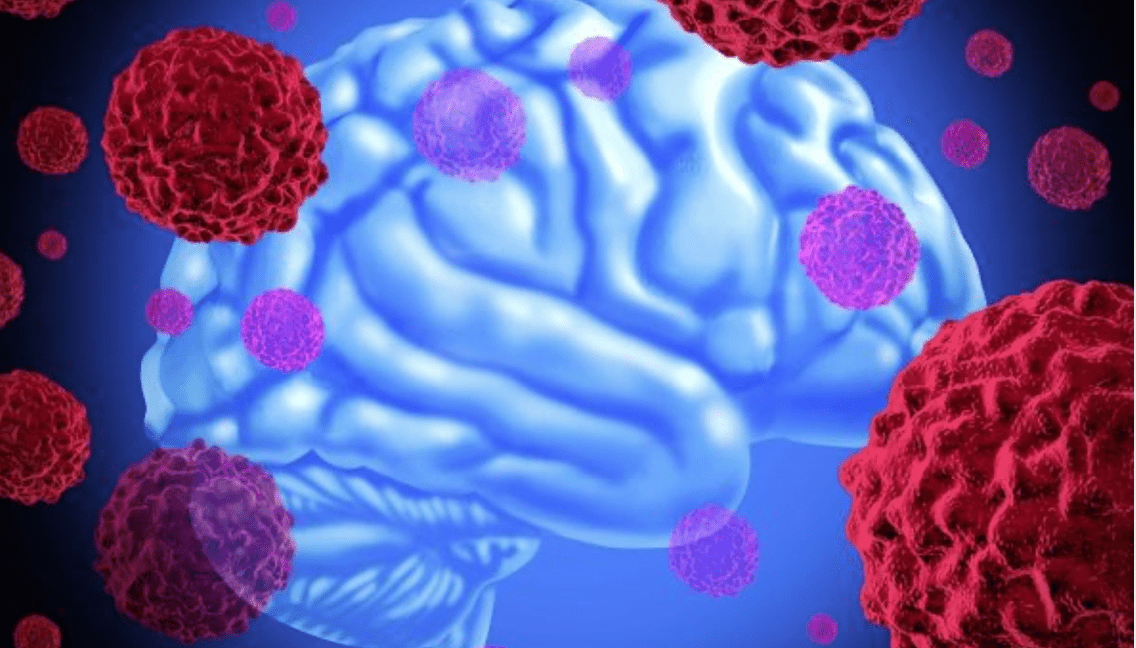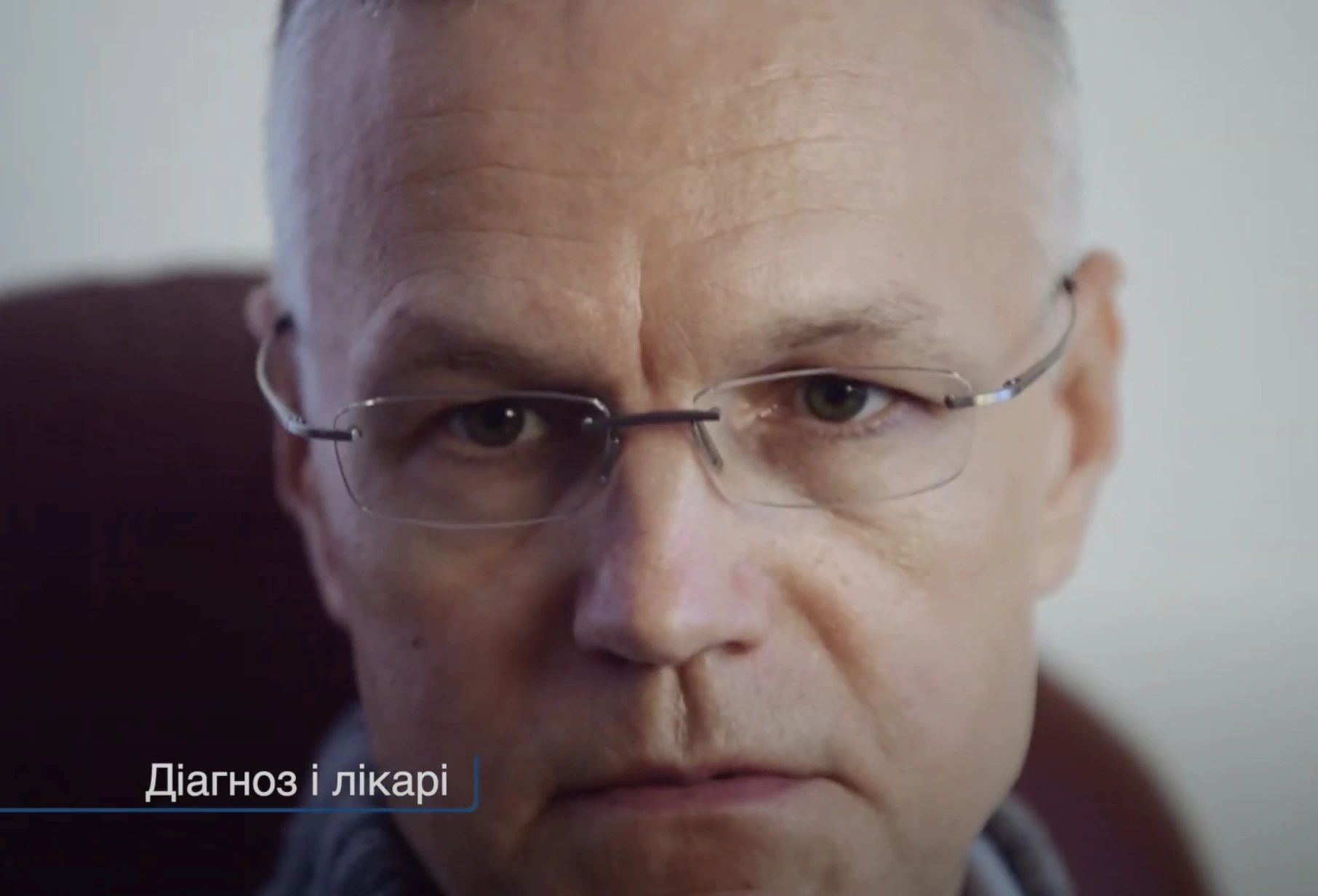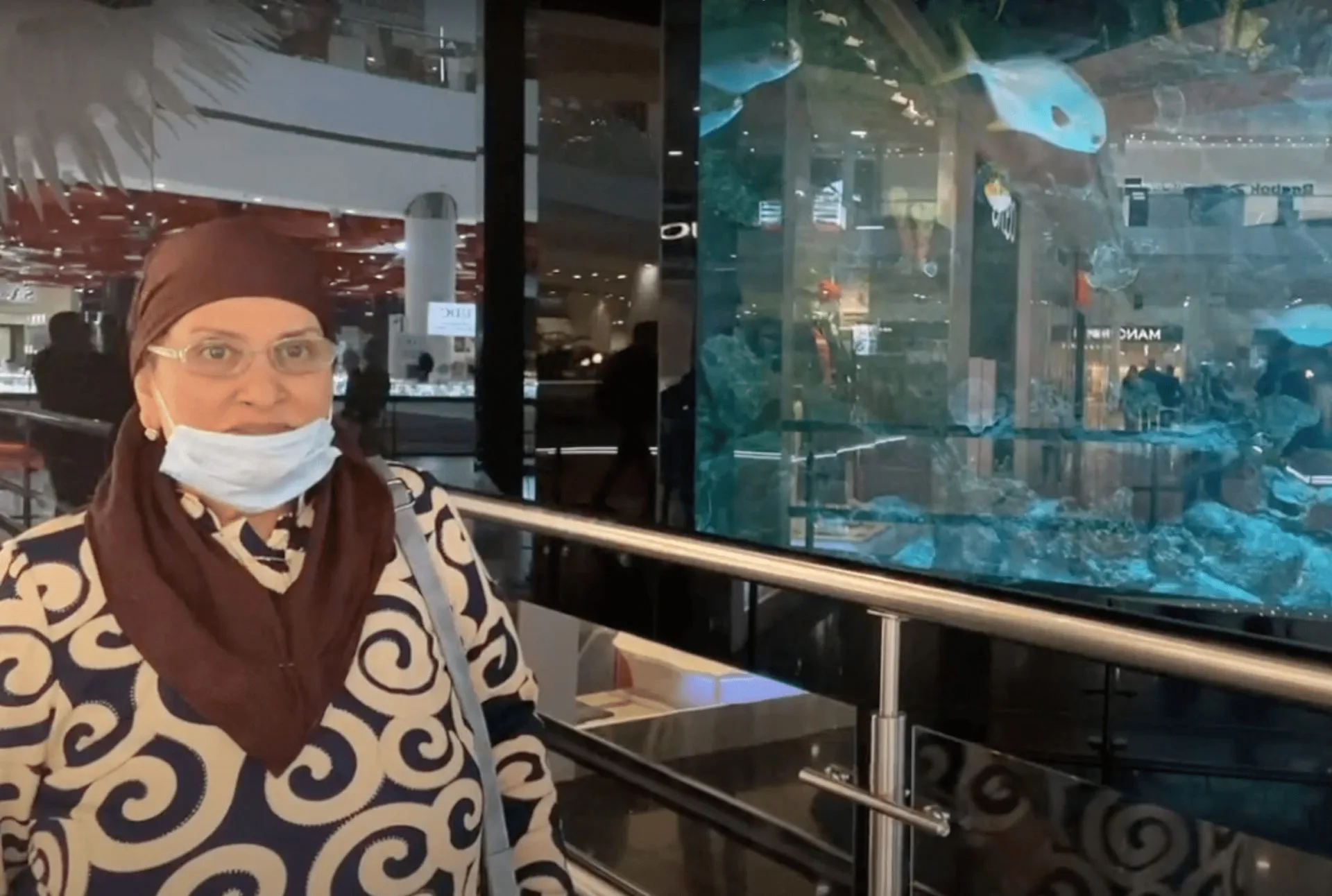-
 News
When glucose levels are low, chemotherapy ceases to affect cancer cells
News
When glucose levels are low, chemotherapy ceases to affect cancer cells
-
 News
Excessive treatment of prostate cancer in older men may reduce quality of life without increasing its duration
News
Excessive treatment of prostate cancer in older men may reduce quality of life without increasing its duration
-
 News
Brain cancer can be cured by viruses
News
Brain cancer can be cured by viruses
-
 News
Ways to reduce lymphatic pain in breast cancer have been found
News
Ways to reduce lymphatic pain in breast cancer have been found
-
 News
Scientists have turned bacteria into a powerful weapon against cancer
News
Scientists have turned bacteria into a powerful weapon against cancer
All news
Biliary atresia treatment
In biliary tract atresia the normal outflow of bile from the liver to the gallbladder is disturbed.
This is due to the abnormality of the intra- and extrahepatic ducts — their narrowing, blockage or complete absence. Bile accumulates inside the ducts, gradually destroying liver cells.
Biliary atresia is a disease of childhood. Pathological changes occur during the stage of intrauterine development of the child. After delivery, it may not manifest itself in any way. However, jaundice increases in the following days.
The main treatment for biliary atresia is surgical. Some patients may require liver transplantation. The success rate of liver transplantation in the leading foreign hospitals is more than 90%.
The disease is relatively rare and occurs in 1 out of 20,000 infants.
Synonyms: biliary atresia, extrahepatic ductopenia, progressive obliterating cholangiopathy.
MedTour patients recommend clinics for the treatment of biliary atresia:
Doctors for the treatment of biliary atresia
Frequently Asked Questions
Quick and high-quality diagnosis
One of the most important tasks of specialists is the early diagnosis of bile outflow disorders. The longer the bile accumulates in the intrahepatic ducts, the higher the chances of developing cirrhosis and acute liver failure.
Foreign medical centers have modern equipment for prompt diagnostics of atresia: ultrasound, X-ray, CT and MRI machines. Biopsy of the liver is performed under the control of computer navigation.
Diagnosis of atresia is made within 1-2 days. Once the diagnosis is made, treatment can begin immediately.
Minimally invasive surgery
Operations on diseases of the gastrointestinal tract, including biliary atresia, are performed using minimally traumatic techniques. Preference is given to laparoscopy and robot-assisted operations on the Da Vinci robot.
Advantages of minimally invasive surgery:
- The surgery takes less time. Anesthesia is less toxic to the child’s body,
- Rehabilitation is faster. After a few weeks, the patient is discharged from the hospital,
- Minimally invasive surgery has a high safety profile: patients are less likely to develop postoperative bleeding and infections.
Experienced team of specialists
Foreign hospitals use a multidisciplinary approach — doctors of different specialties together discuss the tactics of the patient. The treatment of children with biliary atresia involves a team of specialists: a pediatrician, a neonatologist, a surgeon, and a transplantologist.
Biliary atresia should be treated in a multidisciplinary medical center. Since atresia is a disease of the newborn, it is important that the clinic has a specialized pediatric department.
Also, treatment and monitoring may be required in the transplant and intensive care unit. When choosing a clinic, pay attention to accreditations and international certifications.
Most medical centers presented on MedTour are accredited by the Joint Commission (JCI), as well as meet international quality standards ISO. This guarantees high standards of medical care.
MedTur clients choose hospitals in India, Turkey, South Korea, Germany and Israel for treatment of biliary tract atresia. You can get free information about clinics, leaving an appeal on our website.
Leave an application on the MedTour platform. Our medical coordinator will answer all your questions, collect a detailed anamnesis and help with the selection of clinics.
With MedTour you will receive an individual program of diagnosis and treatment, with details of cost and information on your stay in another country.
We provide support with accommodation, airfare, transfer and accompaniment to the clinic abroad. Our services are paid by clinics. For all MedTour patients our services are completely free of charge.
Diagnosis and treatment of biliary atresia abroad (2021)
How biliary atresia is diagnosed
A yellow tint to the skin can be seen in a variety of conditions and does not always indicate biliary atresia. To make the diagnosis, the doctor performs a series of tests:
- General and biochemical blood tests to determine liver function and identify the cause of jaundice,
- An abdominal radiography to assess the size of the liver and spleen,
- Ultrasonography is prescribed to assess the presence and size of the gallbladder. Absence or significant decrease in gallbladder size often indicates the presence of biliary atresia in the patient,
- Liver biopsy. A small sample of liver tissue is taken with a fine needle under ultrasound or computer-guided navigation. The liver cells are examined under a microscope to determine the extent of cirrhosis,
- Cholangiogram. This is an invasive procedure that is performed during diagnostic surgery. A dye is injected through the gallbladder and spread throughout the biliary tract system. The radiograph shows whether bile is flowing from the liver into the intestines.
How biliary atresia is treated abroad
The only effective treatment for atresia is surgery. The main purpose of this treatment is to restore biliary patency and reduce jaundice. The surgeon removes the «non-working» ducts and from the intestinal loop and forms new ones.
During the operation, small bile ducts are joined to drain bile from the liver into the intestine more efficiently. This intervention is called Kasai surgery, after the surgeon who first used it.
Liver transplantation
Kasai surgery reduces jaundice and stops the formation of connective tissue in the liver (fibrosis). This allows normal growth and development of the child. However, some patients may need a liver transplant.
Transplantation is particularly indicated in patients with underdeveloped intrahepatic ducts, where the Kasai procedure will not be effective, and in severe cirrhosis.
The donor can be the patient’s immediate family member or an unrelated donor who is compatible based on the results of HLA typing. This test shows how well the donor and recipient (patient with atresia) match at the cellular level.
For children, about 25% of the healthy liver tissue taken from the donor is needed. The diseased liver is removed and a healthy organ is transplanted, to which vessels and healthy bile ducts are attached.
Published:
Updated:









